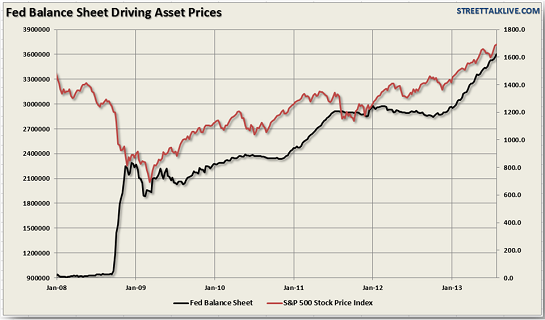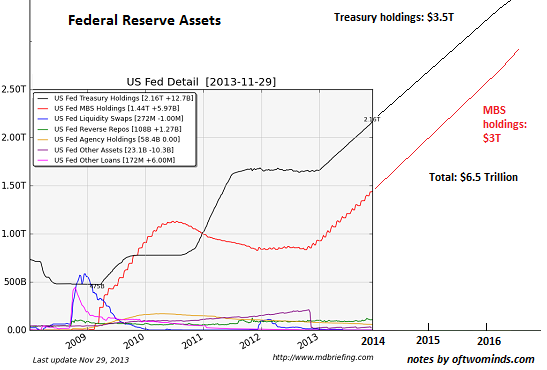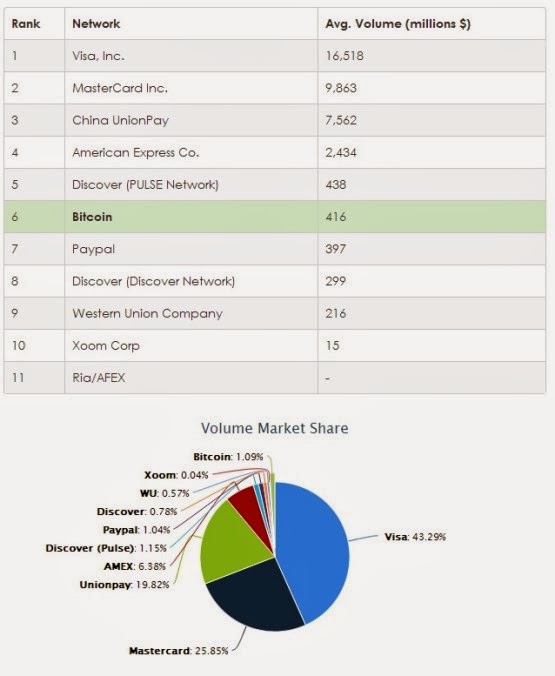“The virtual currency craze is on a tear, with new virtual currencies emerging every day. The New York Times just ran a series of articles about them last week. “Charles Ponzi would be so proud!” one person appropriately commented at the bottom of this article.
Before going any further, let’s learn a bit more about the bitcoin system (also here and here). There are three components to this system:
1. A unit of account—the Bitcoin (BTC)—in which all transactions are recorded and goods and services are priced.
2. A payment system, supposedly secured and anonymous.
3. A means of payment—bitcoins—that is needed to complete all transactions in the payment system (there are coins of several denominations and the coin with a face value of one BTC is called the “bitcoin”).
Given the craze over bitcoins, their price in US dollars (USD) has soared with a BTC 1 coin going for as much as USD 1200 at one point, leaving Business Insider’s Joe Weisenthal saying:
“At this point, I have zero idea what a ‘fair’ price for Bitcoin is.”
I have an answer to that question, but before I reveal it (pretend you did not read the title of this post), let’s spend a bit of time getting to know the Bitcoin, starting with its payment system.
All transactions that have occurred since the beginning of the bitcoin system are recorded on a ledger called the “blockchain.” The system is setup so that every ten minutes or so a new page—called a “transaction block,” or just “block”—is added to the ledger. This new page refers to all past transactions requests (by referring to the immediate previous block) and records all the new transactions requests.
The ledger is crucial to the system because it allows users to verify that a transaction request between two parties is not fraudulent. For example, Mr X. uses the bitcoin payment system to send a request to buy a pizza from Joe’s Pizza. Joe’s Pizza wants to make sure that this is a valid transaction.
That requires verifying that Mr. X holds enough bitcoins to pay for the pizza (the ledger will tell from which past transactions he got his bitcoins), and that he is not trying to double spend the bitcoins. This verification process is done by the accountants of the system, who are called the “miners.”
Usually Joe’s will wait for confirmation from several miners (the rule of thumb seems to be six confirmations) before agreeing to sell the pizza (“confirmation” means that a recorded transaction request is included in following blocks). Anybody can be a miner, you just need a computer.
Adding a page on the ledger is extremely difficult (more here) and requires time and CPU power. A miner can only add a page to the ledger after meeting a specific encryption requirement called the “proof of work.” The proof of work involves encrypting new transaction requests in the form of a 16-digit hexadecimal number—called “hash” or “digest”—that must be no greater than a target value set by the system.
For example…”
Full article
Comments »



